Resealing Your Shower
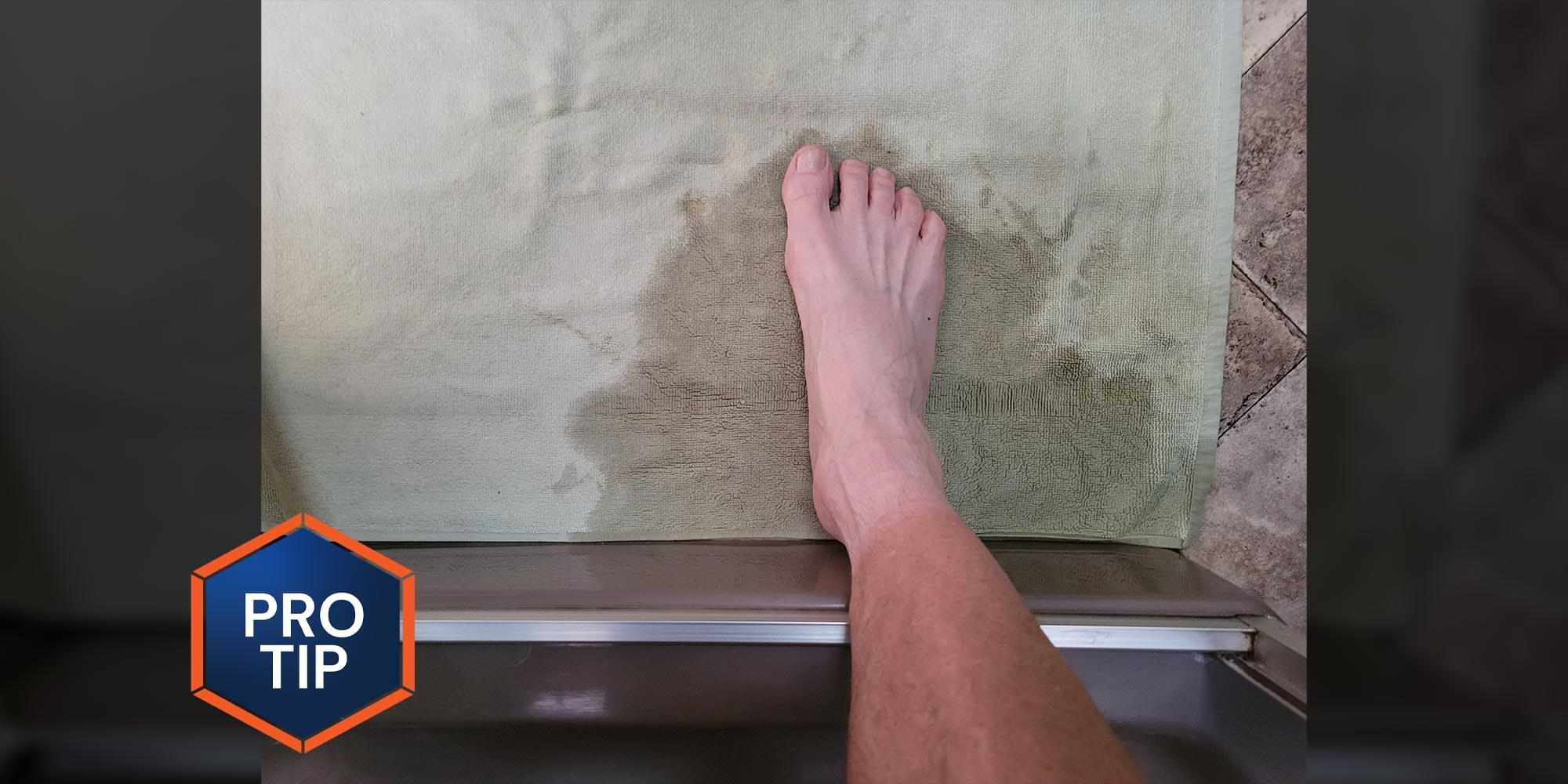
Data stickers with the shower-door manufacturer name and model number seem to disappear, making it difficult to find replacement parts — and if they are available, good luck finding replacement parts. I struggled for years with the problem before finally discovering a simple silicone seal strip made by 3M. It’s actually marketed as a “silicone seal strip” for doors and windows, but the combination of 3M’s venerable adhesive tape laminated to a flexible silicone edge looked like it would work. I took a chance and ordered a 26-foot, 1 ¼-inch-wide seal strip ($13.69 on Amazon). Length and widths of these rolls of flexible strip are all over the place when you go online — just Google “self-adhesive silicone strips.”
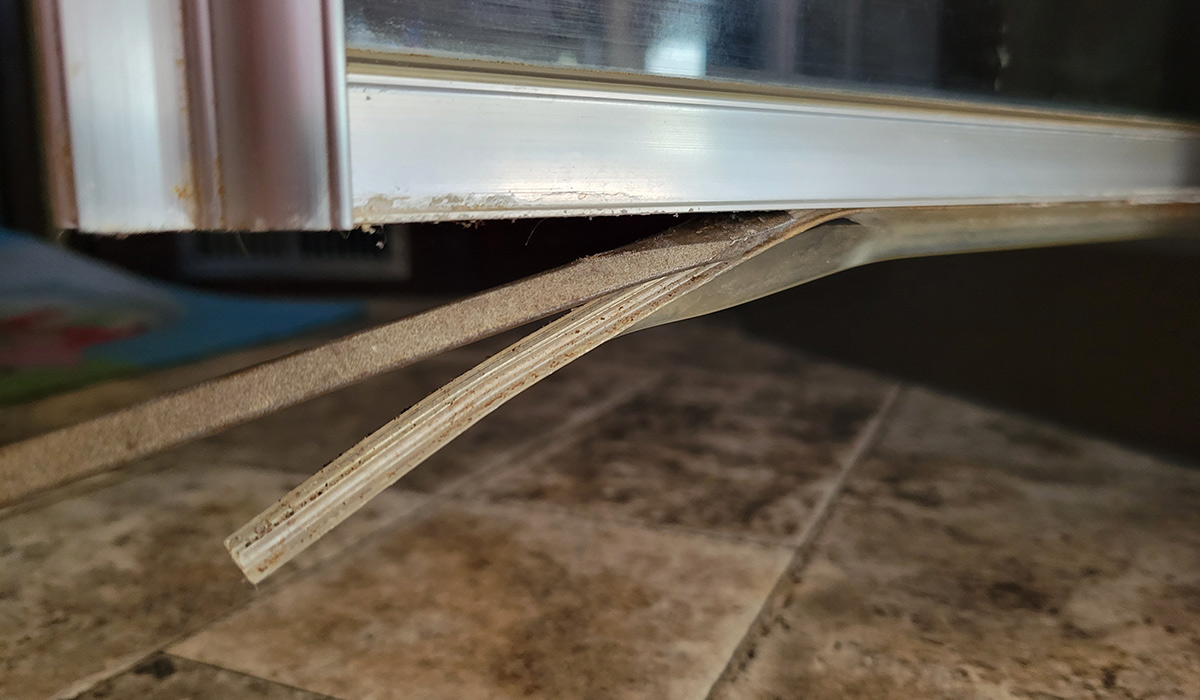
The installation is really simple. Measure and cut a piece of the 3M seal strip to run the entire length of the door. Most of your time will probably be spent preparing the surface. If your door bottom has a lot of calcium deposits, you will need to first remove all the crud and smooth out the surface (we prefer to use Lime-A-Way foam) before trying to affix the seal strip — trying to apply the tape over a rough surface is an exercise in futility. Once the surface is rid of any calcium deposits, clean the area with alcohol and allow to dry thoroughly.
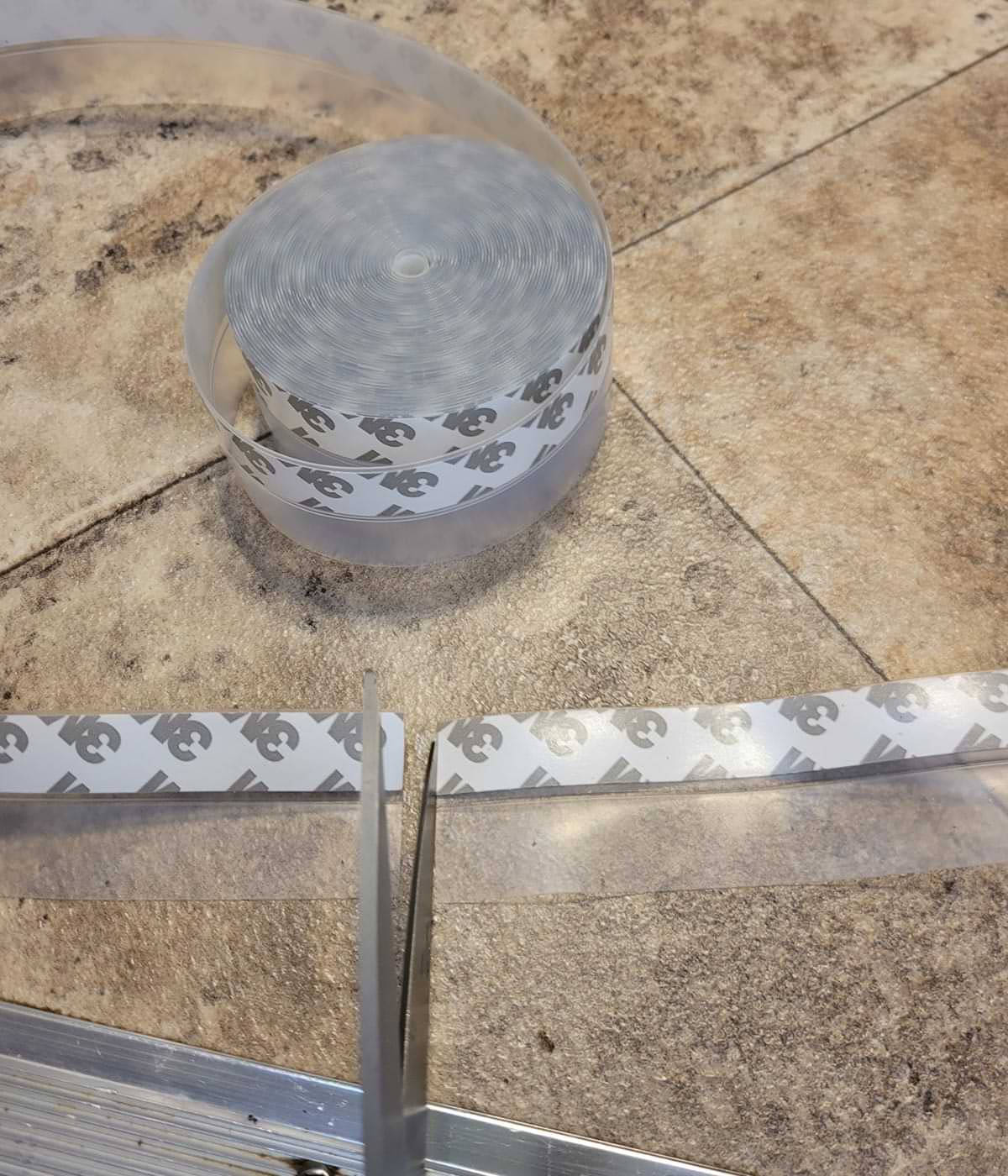
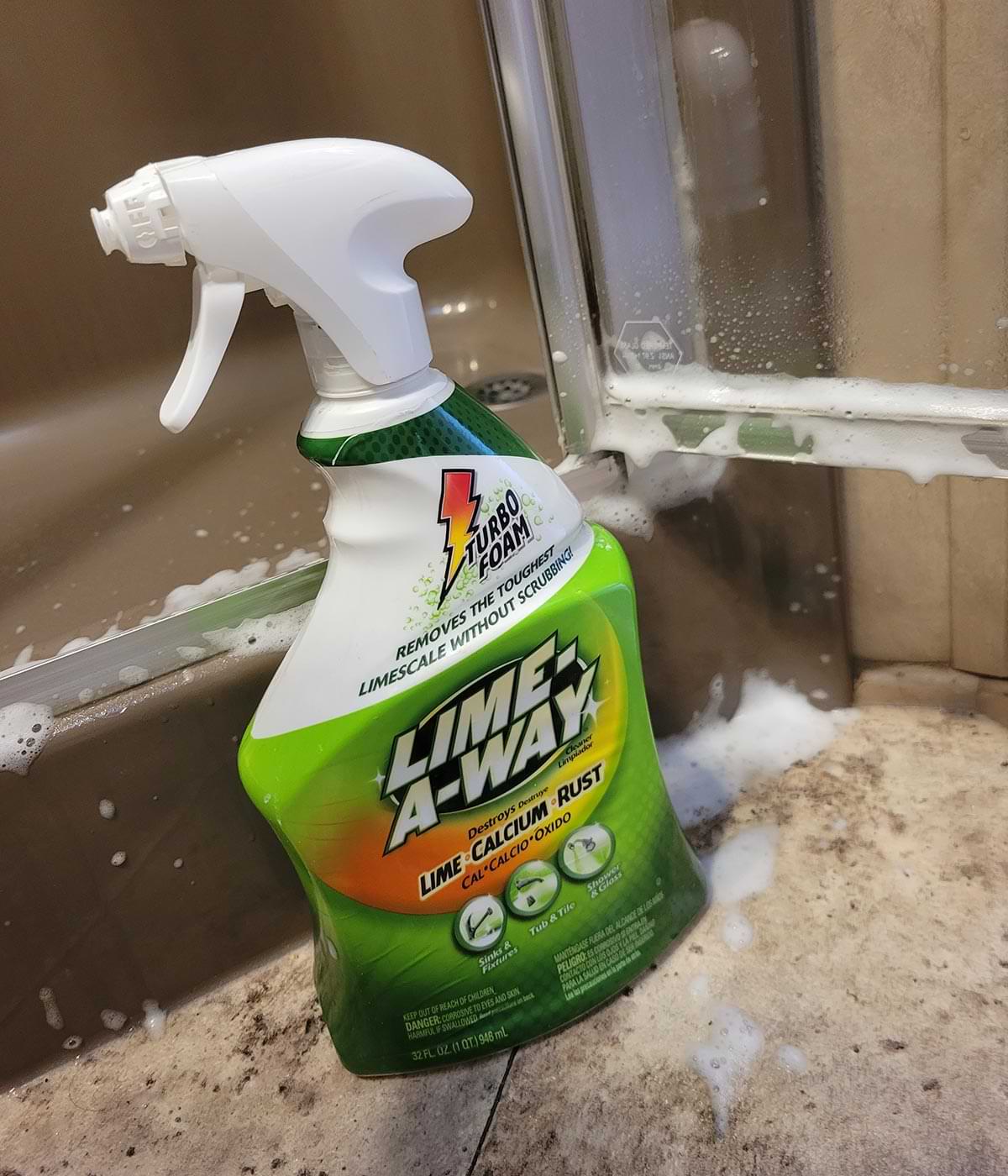

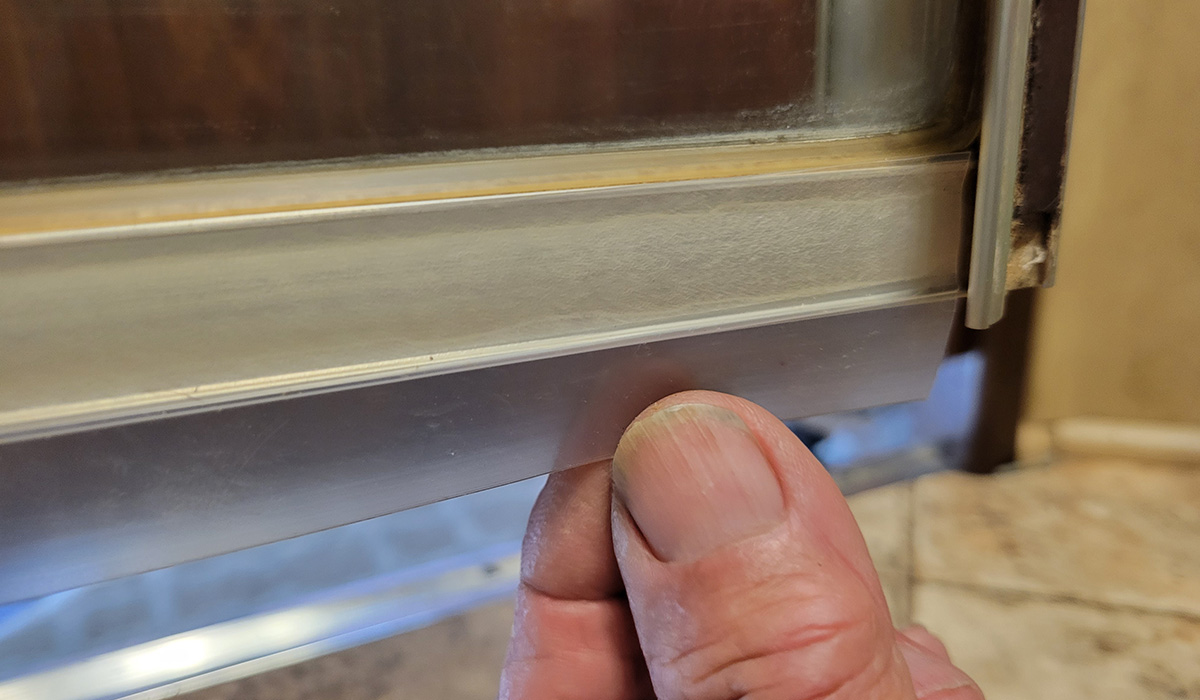
Already a Subscriber? Click here for Access to the Full Issues.


